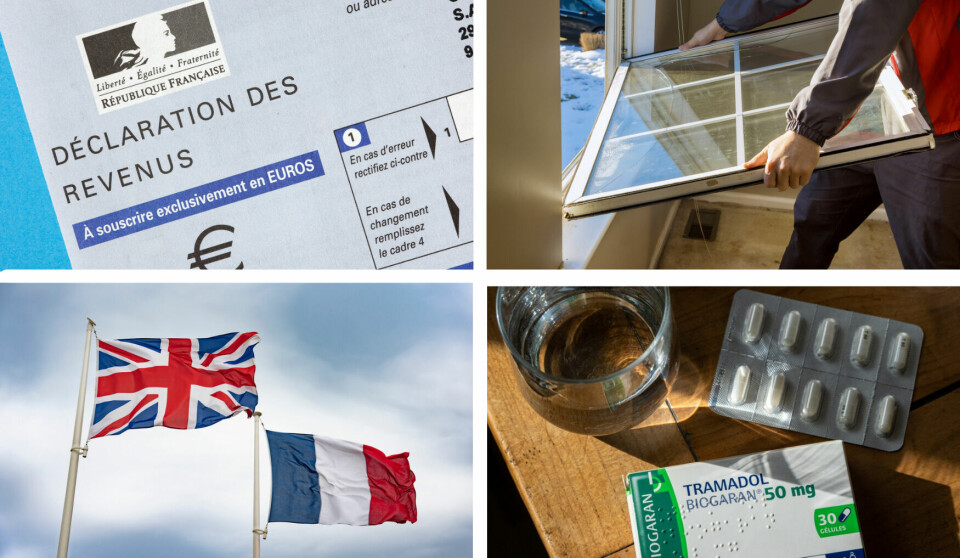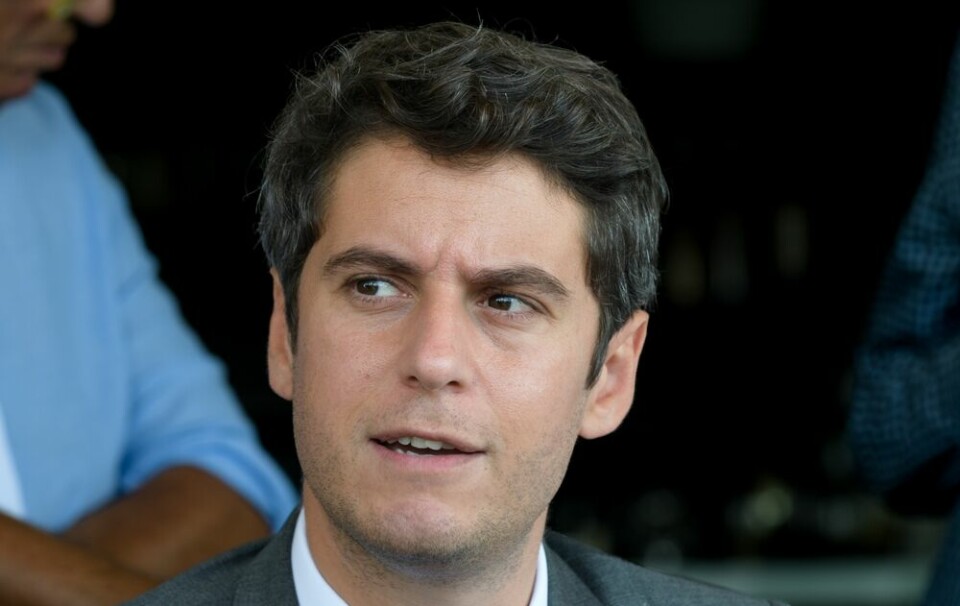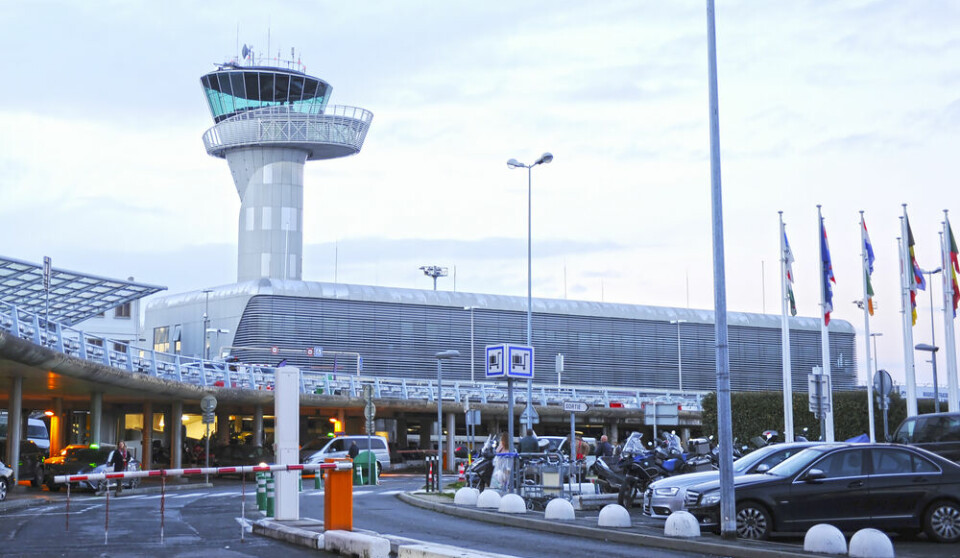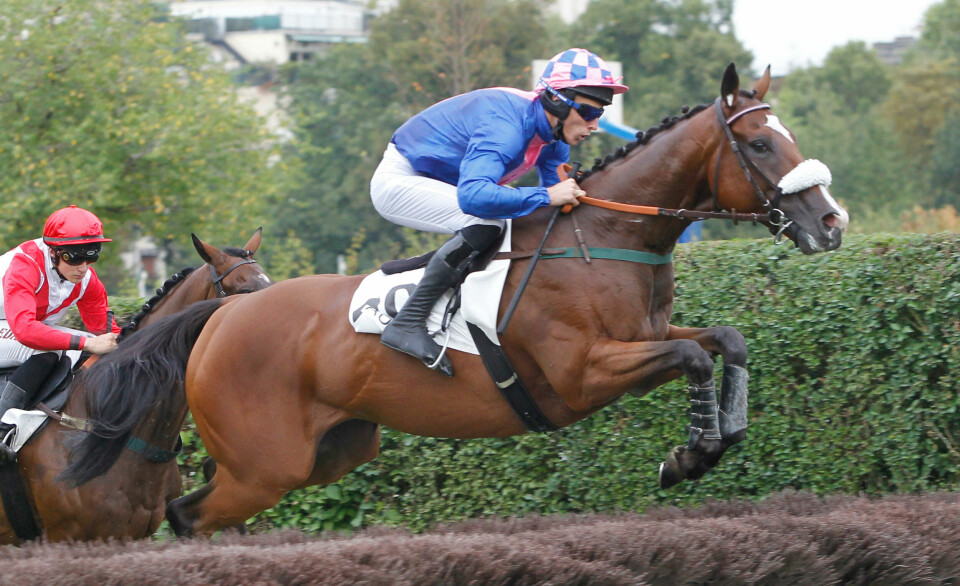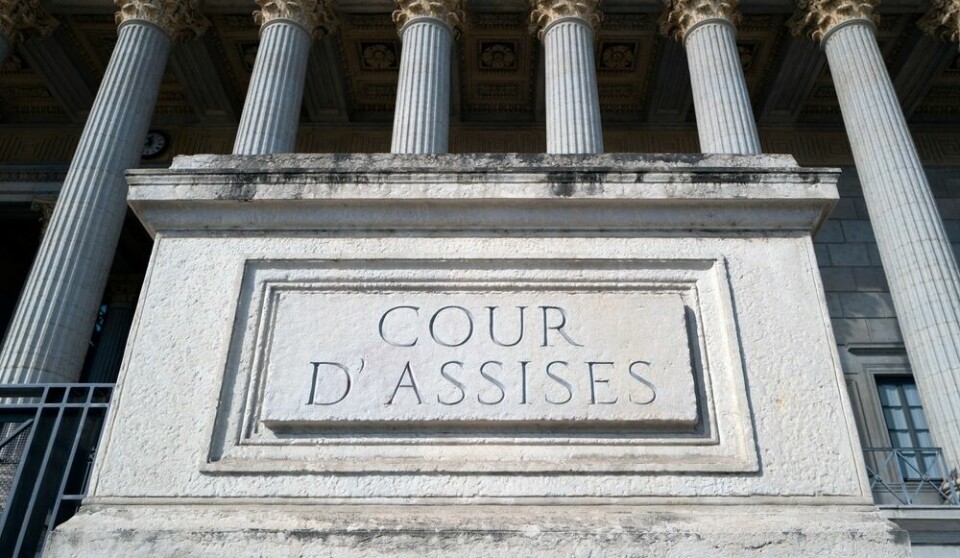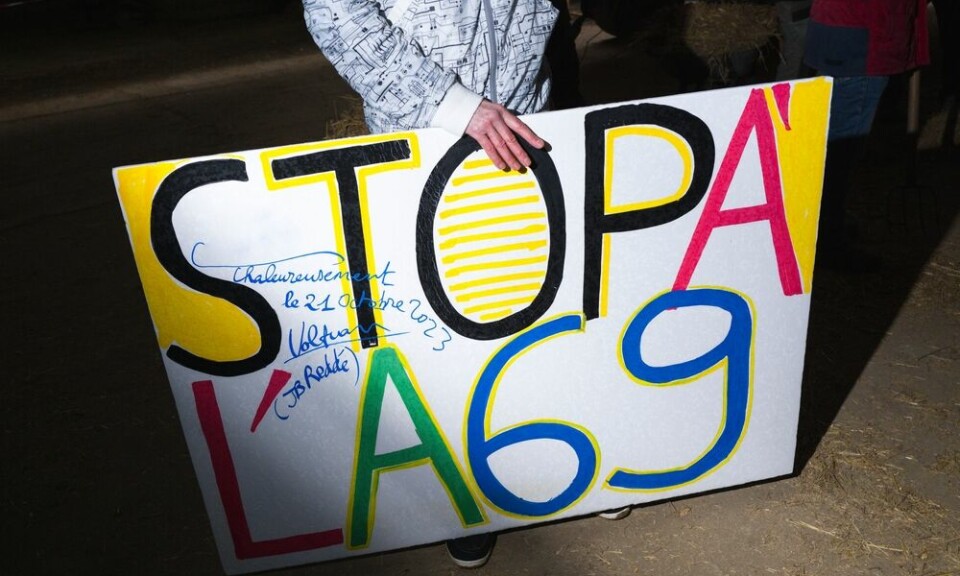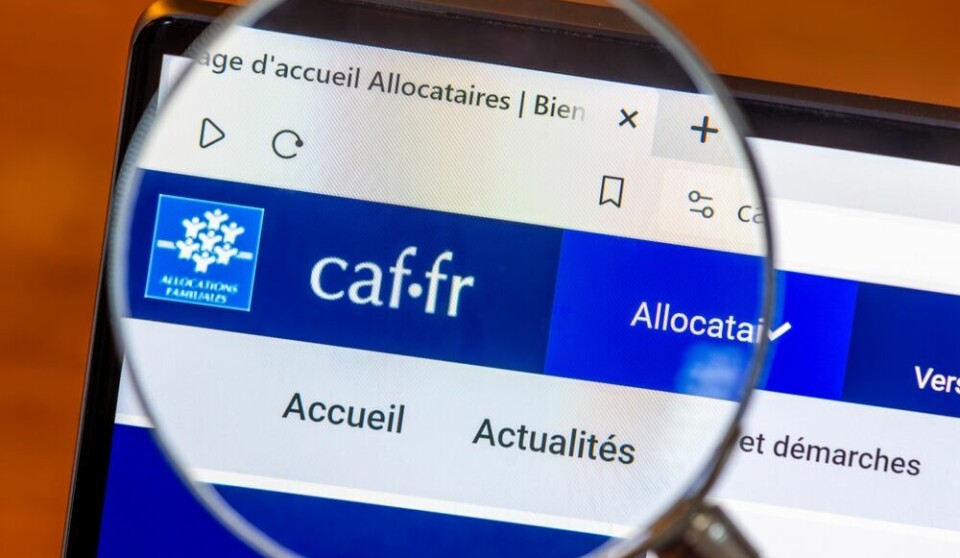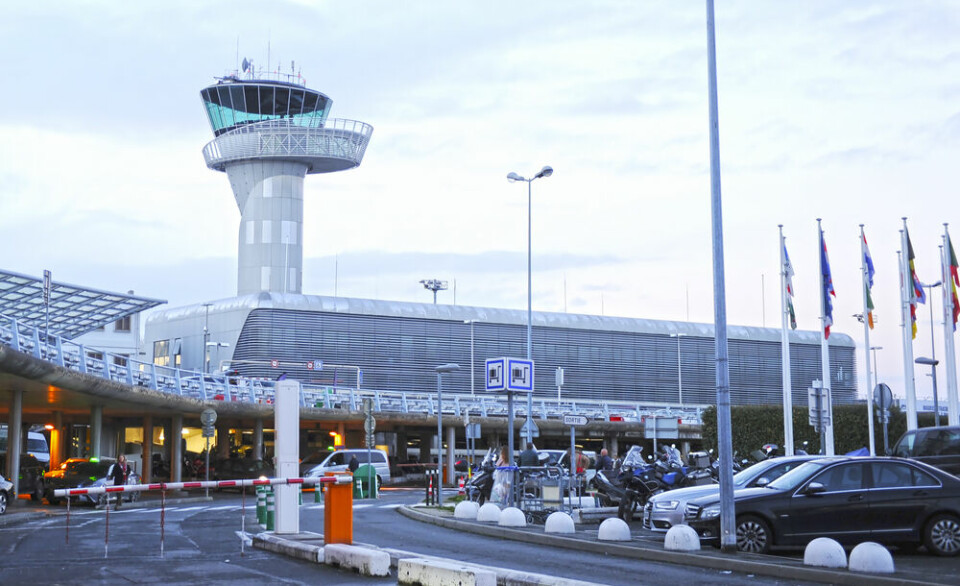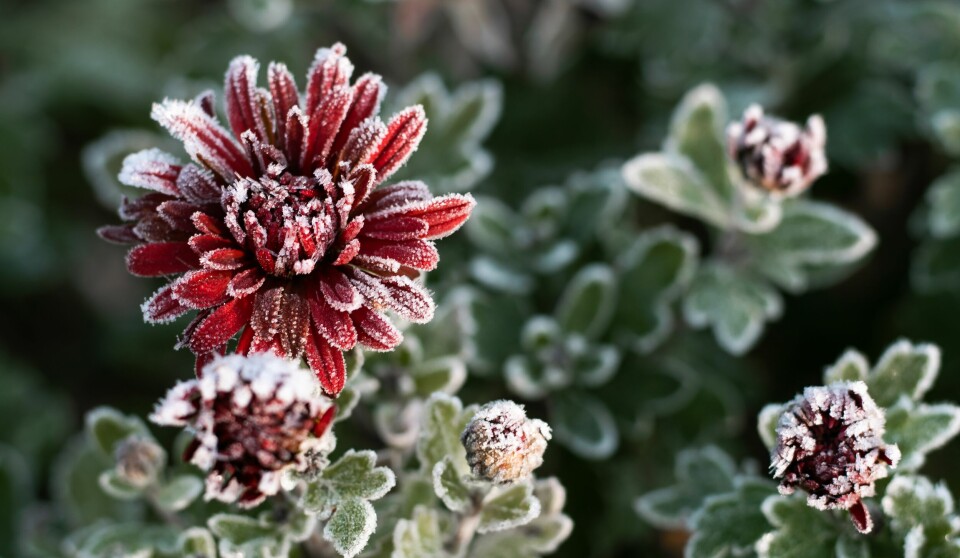-
9 ways France plans to simplify bureaucracy for residents
‘Intelligible’ language, more telephone operators, shorter waiting times, and a new AI assistant are among new admin simplification measures announced by the PM
-
Crops and vines decimated by April frosts in France
Cold snap is predicted to continue until end of week, when a cévenol storm will sweep across country
-
Stay up-to-date: 20 recent and upcoming changes in France
We cover tax updates, renovation scheme revamps, possible money changes for British residents and more
This was good news from year that was
As the sun rises on 2016 for the first time, we look back at some heartwarming and positive stories from 2015
2015 WAS a terrible year - from the Charlie Hebdo shootings last January that began three days of terror in Paris to the multiple attacks in the capital in November, when 130 people died on one horrific night, it has seen more than its fair share of tragedy.
But there was plenty of good news to celebrate. Here, Connexion looks back at some of the heart-warming and positive stories we covered in 2015.
JANUARY
In January, we reported that centenarian Robert Marchand had celebrated his 103rd birthday in rare style – by taking part in the Ardéchoise cycle event and cycling to the top of the col that has borne his name since 2011.
The Col Robert Marchand, at 911m on the D532 road between Saint-Félicien and Lalouvesc, is a difficult 10km on the road which climbs 450m – but Mr Marchand completed it in 56 minutes.
The former firefighter from Seine-et-Marne was one of more than 12,000 taking part in the Ardéchoise and is no stranger to breaking records.
In 2012 he broke the world centenarian speed record by doing 24.25km in an hour and then, last January, raised the distance to 26.927km. He is also the centenarian world speed record holder over 100km
FEBRUARY
Front-page news in February - the doctor leading a pioneering cancer research team in Nice told Connexion how they believe they have found a cure for all cancer types.
Dr Nicole Wagner said: “Everyone is very excited because we see now one could treat every cancer type. There are no exceptions, even leukaemia, where there is no tumour, could be treated.”
It follows trials carried out in Japan on people with advanced cancers, which markedly extended the lives of patients given just months to live. Some cancers “completely regressed”.
Dr Wagner says it could be called ‘a cure’, especially if in future it is administered in a faster-acting form she is working on and as early as possible.
The discovery centres on a gene which her latest research suggests is crucial to factors common to all cancers – the development of vessels to supply blood to the tumour and suppression of immune system responses that normally kill cancerous cells.
MARCH
In March, chefs from all over the world came up with special French – or French-inspired - menus for one day in March in a unique celebration of French gastronomy.
The event - called Goût de France - on March 19 was hailed as one of the first ‘concrete’ results of Unesco’s listing the ‘gastronomic meal of the French’ as an ‘intangible world heritage’.
More than 1,300 chefs worldwide took part, inspired by the ‘Dîners d’Epicure’ once organised by revered French chef Escoffier.
The original Escoffier dinners, first held in 1912, involved the same menu eaten on the same day in towns across the world.
The new version, created by the Foreign Affairs Ministry, national tourism body Atout France and top chefs, was more flexible and involved an original dinner menu of the chef’s choice, in the spirit of the ‘gastronomic meal of the French’ as defined by Unesco, with an emphasis on savouring a traditional multi-course meal, something considered especially French.
A panel of 40 leading chefs, headed by Alain Ducasse, checked menus on criteria including fresh, seasonal local produce and light, healthy recipes with plenty of vegetables. Each meal had to include a French apéritif, a cold and a hot starter, a hot main course, a fish and a meat or poultry course, a French cheese, a chocolate dessert, wines and a digestif.
APRIL
A REPLICA of the warship Hermione set sail across the Atlantic from Rochefort in Charente-Maritime to the US on April 18, commemorating the epic journey made by General Lafayette 235 years earlier as he sailed to support the American War of Independence.
The ship headed for Yorktown in Virginia and, as she made her way up the eastern seaboard, the vessel called in at dozens of ports, including New York, to take part in a variety of exhibitions, cultural events and educational programmes.
The original warship became famous when it ferried Lafayette to support American revolutionaries against the British. She was equipped with dozens of cannons and capable of crossing the Atlantic in two months.
She was finally grounded and wrecked in 1793, after just 14 years of service.
The 21st-century replica was the result of two decades of planning and fundraising by a small group of enthusiasts including leading French author and Académie Française member Erik Orsenna and Benedict Donnelly, president of the Hermione-La Fayette association, which originally began putting together feasibility studies in 1993.
MAY
POLICE officers donated hundreds of hours of paid holiday leave to two colleagues so they could spend time with their terminally ill daughter.
The leave time was donated to the couple, who do not want to be named, so they could care for five-year-old Charline, who has DIPG, an inoperable and incurable brain tumour.
Fewer than 10% of children with DIPG survive two years after diagnosis.
The couple’s 450 colleagues at the police station in Mulhouse made use of a new law which allows fellow workers in the same organisation to donate leave they have built up from overtime to colleagues with seriously ill or injured children.
JUNE
Good news for anyone worried about their accent. In June, French people voted the British accent the most attractive of all foreigners speaking French.
A similar survey in 2014 put the British accent third, after Italian and Spanish. But it leapt to the top of the heap a year later with 39% of the vote, followed by Italian (27%) and Spanish (17%).
However when all poll respondents – 14,000 from 10 countries worldwide – were asked about their favourite foreign accent in their language, French came first overall, followed by Italian and British.
Mike Kelly, a languages professor at Southampton University, said he was not surprised by the results.
He said: “The British accent is shorthand for a whole culture and the French like it as we’re their favourite foreigners, in the same way that they are ours.”
JULY
A CLIP on YouTube led to a choir which usually sings in the churches and halls of rural Dordogne giving the performance of a lifetime at New York’s Carnegie Hall.
Sixteen members of the Variations Ensemble Vocal based in Villetoureix, were invited to be part of a 200-strong choir performing Fauré’s Requiem in the US after a fan posted a video of one of their concerts on the internet – and a choir scout spotted it.
The singing – from an Easter concert in Riberac in 2014 – included a moment when a power cut plunged the choir into darkness.
It was spotted by Distinguished Concerts International New York which hand-picks amateur choirs and invites them to participate in concerts in return for a contribution towards the costs of hire of Carnegie Hall and an orchestra and soloists.
When the Dordogne group first received the email inviting them to Carnegie Hall they thought it was a scam. As it turned out to be genuine, members jumped at the chance to sing alongside groups from several countries including the US, Canada, Spain, and Mexico in one of the world’s most prestigious venues.
Variations was started by British residents in the Dordogne nine years ago and now has regular performances with both British and French singers and instrumentalists.
“It was out of this world,” said member Valerie Wareham. “The acoustics in Carnegie Hall are incredible. I have sung in the Albert Hall and the Festival Hall in London but this was even better. Looking around it was all light and gold and red plush.
AUGUST
BEAUTIFUL Roman frescos found during a dig in Arles have prompted the site to be labelled the “Beverly Hills of the Romans” due to their obvious value.
Extraordinary for their size, state of preservation and the techniques used, the mural must have belonged to an extremely rich person in Roman Arelate beside the Rhône in the first century BC.
With 11 images and painted walls 1.4m high, it is one of few full murals to be found outside Italy. They are comparable to frescos in Pompeii’s Villa of Mysteries and are unknown elsewhere in France, other than a few fragments in Narbonne.
The fresco’s 12,000 pieces will take years to put together.
SEPTEMBER
We reported that France was on track to set a new tourism record in 2015, with 85 million holidaymakers expected this year after a “spectacular” summer boosted by the hot weather.
The tourist trade says its figures are already up 4-4.5% – with a 56% rise in Chinese visitors in the first six months.
Jean Burtin, president of Offices de Tourisme de France, told Connexion: “It’s
been a spectacular year, very successful.”
The summer heatwave prompted many French people to opt for a staycation but fears of terror attacks in north Africa also meant a significant number rejected the traditional favourites of Morocco, Algeria and Tunisia.
Nasa said average global temperatures were the highest ever recorded and, with France sweltering in the high 30s and low 40s, sunshine is increasingly a decision-maker in tourism, especially with one in four French families now booking at the last minute.
OCTOBER
As the refugee crisis deepened in October, a French charity website set up to link people with refugee status and those willing to house them was overwhelmed with around 500 emails a day from the public.
People with refugee status have the right to work and receive benefits but often had nowhere to live or found it difficult to integrate.
The CALM (Comme à la Maison) site was set up by Singa France charity to help in a practical way. Individuals offered lodging for a minimum of two weeks and CALM worked to match the accommodation offered and the interests of the host with compatible refugees.
Paris-based CALM had thousands of enquiries from as far away as Rouen, Montpellier, Nîmes and Clermont-Ferrand and was working flat-out to extend its service to other regions of the country.
Its website is at tinyurl.com/ Singa-calm.
NOVEMBER
FRANCE became the first country to have professional hospital clowns – and, in November, we reported that the first 50 had received their diplomas.
American Caroline Simonds arrived in Paris from New York and in 1991 founded Le Rire Médecin to put professional clowns in children’s wards.
In 2011 she started a school to help clowns adapt shows to patients’ needs and its diploma is now a national certification.
Ms Simonds said: “Children in hospital deserve the best so clowns must be paid professionals and not untrained volunteers.”
DECEMBER
A HEALTH scheme in which doctors prescribe sport instead of medication proved such a success that it is set to be rolled out across the country.
Introduced in Strasbourg in 2014, Sports on Prescription is funded by private sponsors and has been trialled in Biarritz, Blagnac and Mont de Marsan.
Exercise is known to be good for mental health and is advocated as a treatment for depression in several countries including the UK. In France it is now being prescribed for physical ailments too.
Former sport minister Valérie Fourneyron has tabled a motion in the National Assembly to introduce the plan nationally.



